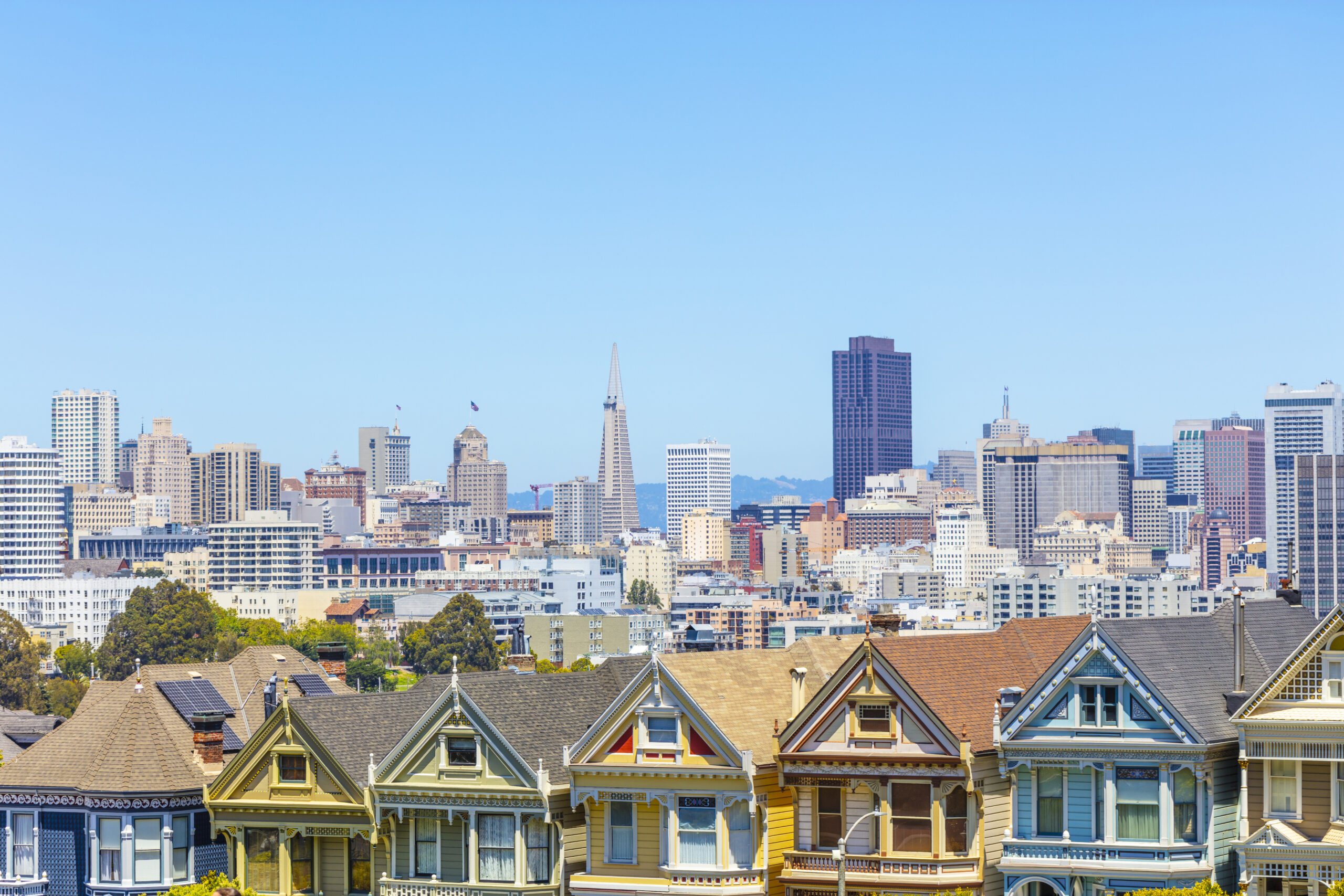A New Vending Machine Echoes Old Concerns
When two tech execs announced Internet-connected vending machines last week, they met a social media furor that uncannily echoed the past.The startup, named “Bodega,” drew news headlines and a viral hashtag when a business magazine highlighted their plan to “make bodegas and mom-and-pop corner stores obsolete” through the installation of unmanned vending machines.
Bodega argues its innovation will supplement corner stores, not replace them, but many remain unconvinced. However, traditional vending machines initially evoked similar concerns in the 20th century but have come to be regarded as a complement to corner stores. A similar path forward may be possible for Bodega.
According to one of its co-founders, Paul McDonald, Bodega was created to address a need in the community for more convenient corner stores.
McDonald argues that while corner stores may be useful to the people who live directly upstairs or on the corner from them, they are often inconvenient to those who do not.
Bodega seeks to bring “that same ease and convenience to those of us that [sic] don’t have a corner store” by placing small pantries equipped with the usual Bodega essentials where we live and work — in our “offices, apartments, college campuses, and more.”
Users locate the Bodegas — of which there are currently 32 across the Bay Area — and pay for its products by looking on Bodega’s in-app map and then linking their credit card. Cameras within the cabinet identify what customers take and restock accordingly.
“Eventually, centralized shopping locations won’t be necessary, because there will be 100,000 Bodegas spread out, with one always 100 feet away from you,” McDonald reported to Fast Company, the magazine whose feature initially sparked the controversy that eventually made #bodega a trending topic on Twitter last Wednesday.
Some, however, believe this convenience comes at too high a price. When Fast Company’s article went live last week, people immediately lambasted Bodega for the impact their innovation could have on people of color and immigrants who, as both Twitter users and news sites alike pointed out, are typically employed by traditional bodegas.
Bodega’s reliance on smartphones — used to unlock and pay for Bodega pantries’ products — was also contentious. Critics asserted that the Bodega would be inaccessible to people without smartphones or good data plans, potentially marginalizing customers along economic lines.
Even the site’s cat logo — a nod to the neighborhood cats that traditionally inhabit bodegas — incited criticism. After all, these cats would, ironically, be displaced by these automated machines.
Bodega swiftly issued a response to the backlash via their blog, clarifying that “challenging the urban corner store is not and has never been [Bodega’s] goal.”
Corner stores, McDonald asserts in the blog, stock more items than Bodega’s cabinets ever could and offer an “integral human connection to their patrons that our automated storefronts never will.”
And, according to McDonald, since Bodega’s pantries will be placed “where commerce currently doesn’t exist,” there is no chance corner stores and their workers will be displaced.
Though Bodega is more technologically advanced, this debate over its potentially disruptive consequences is similar to what transpired when traditional vending machines were becoming more pervasive.
A 1950 New York Times article claimed that “automatic merchandisers,” i.e. vending machines, would “eventually… out-distance the competition of the conventional shop counter” because they offered “similar item[s] sold over the conventional store counter.”
The article goes on to predict that before long, as vending machines offer more and more products, the “drug store and delicatessen windows may become banks of vending machines after closing hours,” displacing the salespeople who once worked there.
This displacement would have hit immigrants particularly hard, as neighborhood bodegas were typically founded and managed by immigrant families from countries like Puerto Rico, Cuba, and the Dominican Republic.
But at the same time others disagreed, asserting that the “automatic merchandising business was designed not to replace the salesman” — because they couldn’t be replaced.
“There will always be a need for a salesman, working as a salesman, while the machines handle the merchandise that a machine can handle,” stated the president of a prominent vending machine company.
As predicted in the 1950s, vending machines have become more pervasive and stock a greater variety of products, but they have yet to displace delicatessens and drug stores.
In fact, people working in sales increased despite the rise in vending machines; the rate of sales people in the workforce climbed from 7 percent in 1960 to 12 percent in 2000.
And, while traditional bodegas have experienced an uptick closures in the past few decades, vending machines are not typically regarded as the culprit.
Rather, chain stores like CVS and Walgreens, and their variety of products and competitive pricing, are regarded as a primary contributor to corner store closures.
Rising rent prices have also made it challenging for corner stores to remain open.
According to the Real Estate Board of New York, “the average commercial rent rose by as much as 34 percent in Manhattan over the last decade.” In response, hundreds of corner stores have closed, replaced by larger-footprint chain stores that can more easily afford climbing rent prices. The cause of the corner store’s uncertain future looks to be decidedly low-tech.








